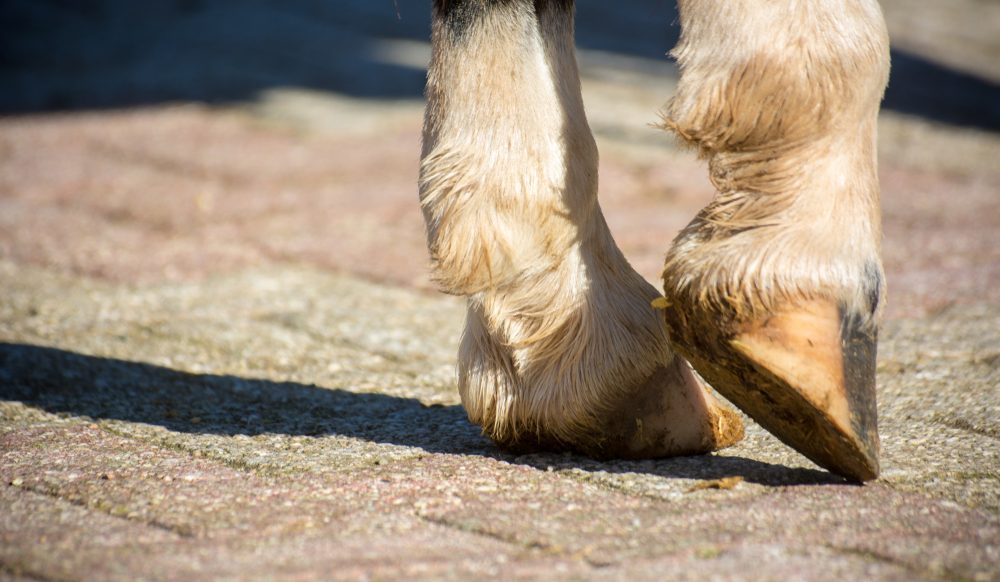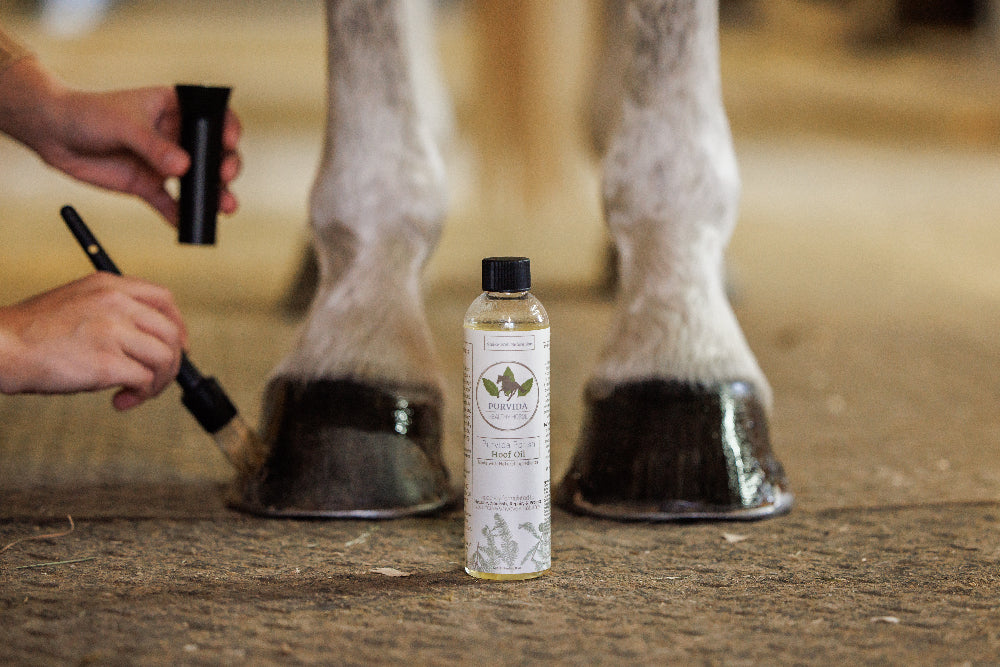The Arabian horse breed is one of the most majestic and revered breeds in the equestrian world. These horses are renowned for their endurance, intelligence, and distinctive appearance. However, like all horse breeds, they have their unique challenges. One of these is a particular genetic disease that is only found in Arabian horses. This raises an important question: which of the following diseases is only found in the Arabian horse breed?
In this article, we will explore the disease that is exclusive to the Arabian horse breed, delve into its history, and understand why it is so rare.

Overview of the Arabian Horse Breed
Historical Significance
The Arabian horse breed has a storied history, dating back thousands of years. Originating from the Arabian Peninsula, these horses were bred by the Bedouins for their endurance and loyalty. Their bloodlines have significantly influenced many modern horse breeds, contributing their traits of speed and refinement.
Characteristics
Arabian horses are known for their distinctive appearance, including a dished face, high tail carriage, and arching neck. They are also praised for their stamina, intelligence, and agreeable temperament.

Understanding the Unique Disease
What is Cerebellar Abiotrophy?
The disease that stands out as being exclusively found in the Arabian horse breed is Cerebellar Abiotrophy (CA). This is a genetic disorder that affects the horse’s cerebellum, the part of the brain that controls balance and coordination.
Symptoms
Horses affected by CA exhibit symptoms such as ataxia (a lack of coordination), head tremors, and an inability to judge distance. These symptoms can severely impact an affected horse’s quality of life and ability to perform tasks.
Genetic Basis
CA is caused by a recessive gene, meaning a horse must inherit the defective gene from both parents to exhibit symptoms. Carriers of the gene do not show symptoms but can pass it on to their offspring.

Diagnosis and Testing
Genetic Testing
Modern genetic testing allows breeders to identify carriers of the CA gene. This has been a significant advancement in managing and reducing the incidence of the disease.
Early Diagnosis
Early diagnosis is crucial for managing CA. Foals are often tested soon after birth to determine if they are affected or carriers, allowing for informed breeding decisions.

Impact on the Arabian Horse Breed
Breeding Practices
With the availability of genetic testing, responsible breeding practices can be employed to avoid producing affected foals. Breeders aim to pair horses that are not carriers to ensure healthy offspring.
Raising Awareness
Raising awareness about CA and the importance of genetic testing has been vital in reducing the disease’s prevalence.
Management of Affected Horses
Care Strategies
Horses affected by CA require specialized care to manage their symptoms. This may include tailored training programs, physical therapy, and environmental adjustments to ensure safety.
Prognosis
While there is no cure for CA, affected horses can still lead fulfilling lives with proper care. Understanding and managing the symptoms is key to improving their quality of life.
Frequently Asked Questions (FAQ)
What are the primary symptoms of CA?
The primary symptoms include ataxia, head tremors, and a lack of coordination.
How can CA be diagnosed?
CA can be diagnosed through genetic testing, which identifies carriers and affected horses.
Is there a cure for CA?
Currently, there is no cure for CA, but symptoms can be managed with specialized care.
As an Amazon Associate, I earn from qualifying purchases.